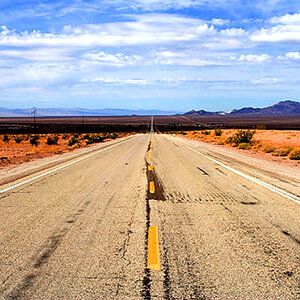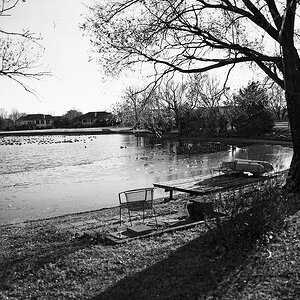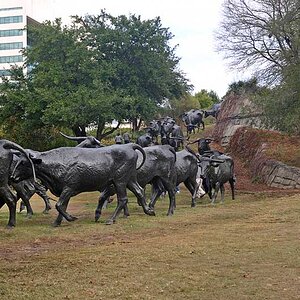I'm a bit, well actually very confused about the process of developing film at home. It's something I'd like to try, but I'm having trouble understanding the whole process. I've read up on the actual process of developing the negatives, but how do you turn the negatives into full sized pictures?
If somebody could direct me towards a detailed guide for B&W developing and Color, it would be greatly appreciated
If somebody could direct me towards a detailed guide for B&W developing and Color, it would be greatly appreciated




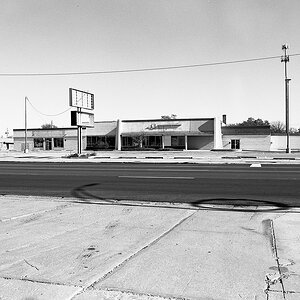
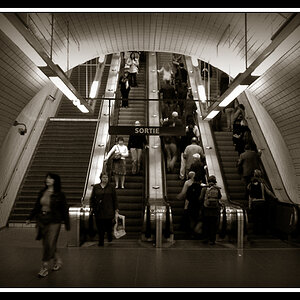

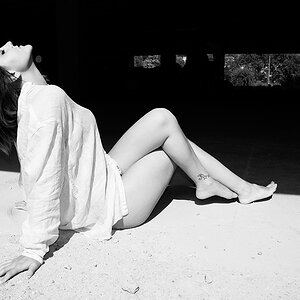
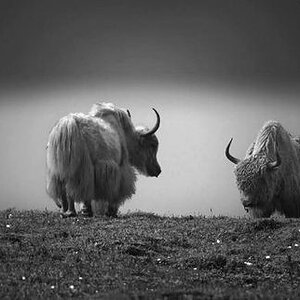
![[No title]](/data/xfmg/thumbnail/41/41492-467958db3420bceb7ab410a12dcc681f.jpg?1619739819)
![[No title]](/data/xfmg/thumbnail/41/41490-6af71315284539e04ae1878cda0d613f.jpg?1619739818)

